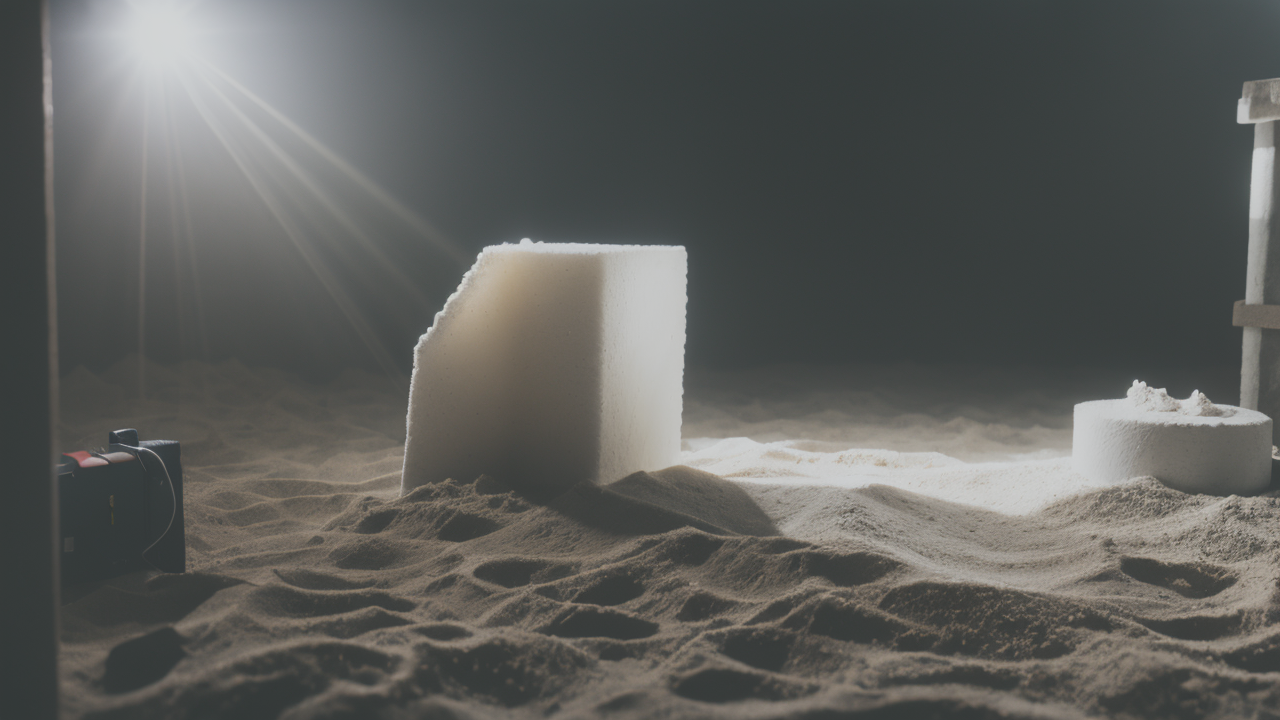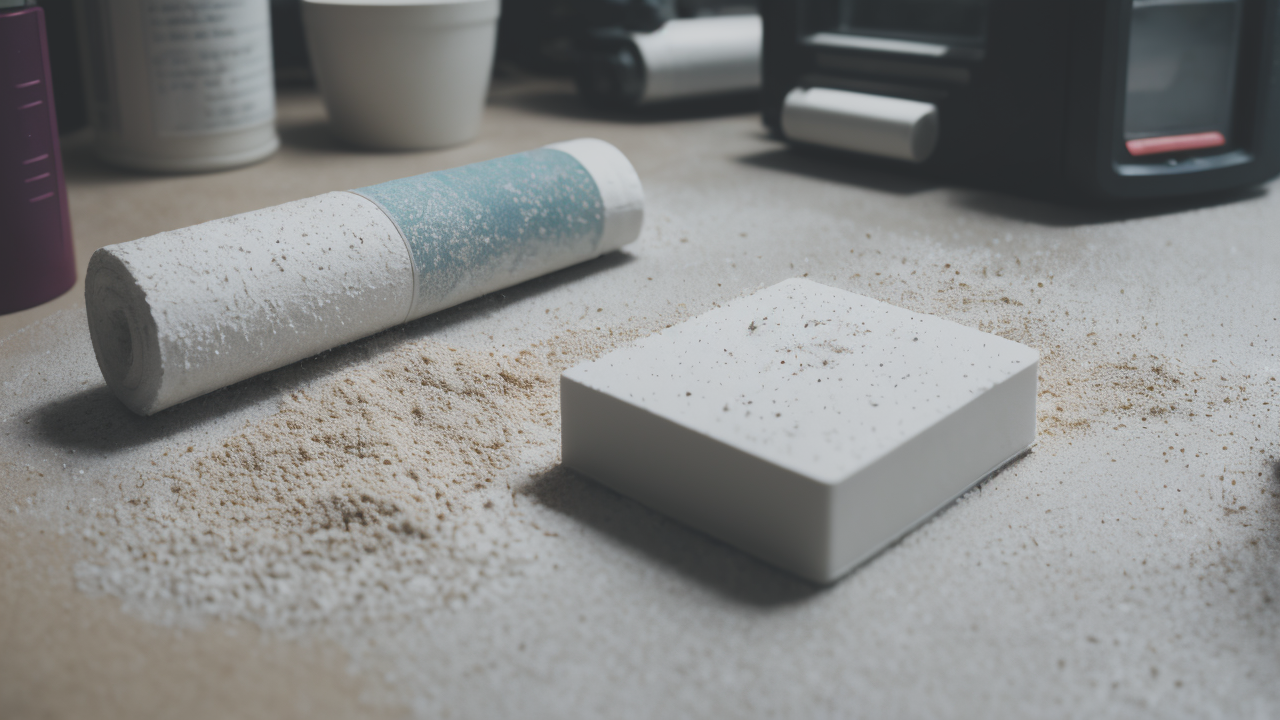
The Ultimate Guide to Textured Wall Tiles: Transform Your Space with Nawabi-Inspired Designs
The Fundamentals of Plaster Art Texture Painting
Understanding Plaster: A Medium for Art and Craft
Plaster is a versatile medium used in art and craft. It's made by mixing water with a fine powder. This powder can be gypsum, lime, or cement. When it dries, plaster becomes hard and keeps its shape. Artists love plaster because it's easy to work with. You can mold it, carve it, and paint on it. Plaster has been used in art for thousands of years. Ancient people used it to make wall paintings and sculptures. Today, artists use plaster in many ways. They make sculptures, wall textures, and decorative items. Plaster is great for creating different textures. It can be smooth or rough. You can add things to it to change how it looks and feels. This makes plaster a favorite for both new and experienced artists.

The Essentials of Preparing Plaster for Painting
Getting plaster ready for painting is important. First, choose the right type of plaster for your project. Mix it carefully, following the instructions. Make sure your work area is clean and dry. Put a primer on the surface to help the paint stick better. Let the plaster dry completely before you start painting. This can take a day or two. Once it's dry, sand it gently to make it smooth. Wipe away any dust from sanding. These steps help make sure your paint will look good and last long. Taking time to prepare well will make your artwork turn out better. Remember to be patient when working with plaster. Good preparation is key to making great plaster art.
Techniques for Achieving Desired Textures
Creating textures in plaster is fun and creative. You can use many tools to make different patterns. A trowel can create swirls or waves. Stamping with objects like leaves makes nature-inspired textures. Try using a sponge for a soft, bubbly look. You can even carve into semi-dry plaster for sharp designs. Experiment with combs, brushes, or your own hands. Each tool will give a unique texture. Try layering plaster for more depth. Mix in sand or small pebbles for a grainy feel. The key is to try different things and see what you like. Remember that plaster changes as it dries. This means you can create different effects at different times. Don't be afraid to experiment and find your own style.
Advanced Techniques in Plaster Art Texture Painting
Innovative Tools and Materials for Creating Textures
Artists are always finding new ways to make textures in plaster. Here are some cool tools and materials to try:

- Silicone molds for making repeating patterns
- 3D printed stamps for unique textures
- Textured rollers to cover large areas quickly
- Palette knives for smooth, flowing textures
- Natural items like twigs or shells for organic looks
You can also mix things into plaster for interesting effects:
- Sand to make it feel gritty
- Sawdust for a wood-like texture
- Mica powder to add sparkle
- Coffee grounds for an earthy look
- Crushed glass to make it glitter
These tools and add-ins help artists create new and exciting textures. They can make plaster art that looks and feels unique. Trying these can lead to fun discoveries in your art. It's all about being creative and seeing what works for you.
Step-by-Step Guide to Painting with Plaster
Here's how to paint with plaster:
- Set up your work area with covers to protect surfaces.
- Mix your plaster following the package instructions.
- Spread a base layer of plaster on your surface.
- While wet, create texture using your chosen tools.
- Let it dry a bit, then refine the texture if needed.
- Once fully dry, sand lightly if you want it smoother.
- Apply a primer to seal the plaster.
- Choose your paint - acrylic works well on plaster.
- Paint in thin layers, letting each dry completely.
- Add final details to highlight the texture.
- Seal your work with clear varnish to protect it.
Take your time with each step. Plaster art is about building up layers slowly. Be patient and enjoy the process of creating your unique piece. Each layer adds to the final look of your artwork.
Tips for Maintaining and Caring for Plaster Textures
Taking care of plaster art helps it last longer. Keep your art away from damp places to prevent damage. Dust it gently with a soft, dry cloth or brush. Don't use water or cleaning products unless you really need to. If you must clean it, use a barely damp cloth and dry it right away. For outdoor plaster art, use a special outdoor sealant. Fix any cracks or chips as soon as you see them. When storing plaster art, be careful not to stack things on the textured parts. In humid places, use a dehumidifier to protect the art. With good care, your plaster textures will stay beautiful for a long time. Regular, gentle maintenance will keep your artwork looking its best.
Applications and Market Trends of Plaster Art Texture Painting in the United States
The Role of Plaster Art in Home Decor and Commercial Spaces
Plaster art is becoming popular again in home and business design. In homes, textured plaster walls add interest to rooms. They can be a focal point or add subtle beauty throughout a space. People like plaster art pieces as wall hangings or sculptures. In businesses, plaster art creates unique atmospheres. Restaurants use it to make cozy or elegant settings. Hotels add plaster art to look more luxurious. Stores use it to make eye-catching displays. Plaster is great because it can be customized. This means each space can have its own special look. It works well with many design styles, from very modern to more traditional. Plaster art helps make spaces feel more personal and interesting.

Current Trends in the Plaster Art Market
The plaster art market in the U.S. is growing. More people want handmade, one-of-a-kind pieces. Simple designs with subtle textures are popular in modern homes. Bold, sculptural plaster pieces are trendy in contemporary spaces. There's more interest in eco-friendly plaster options. Many people are buying customizable plaster wall panels for homes and businesses. Mixing plaster with other materials like wood or metal is also popular. More people are taking plaster art classes, showing growing interest in the craft. The market is blending old techniques with new styles. This mix of old and new is attracting many different types of buyers. It's an exciting time for plaster art in the U.S. market.
The Future of Plaster Art Texture Painting in Interior Design
Plaster art has a bright future in interior design. We might see more use of technology, like 3D printed plaster textures. Green practices will be more important, with eco-friendly plaster becoming more common. There could be more interactive plaster art in public places. Custom plaster art might become easier to get through online platforms. The line between art and functional design will blur more with plaster art. We may see more teamwork between plaster artists and interior designers. As people look for unique, handmade items in their spaces, plaster art will be important. Plaster's flexibility and timeless appeal ensure it will stay popular in design. The future of plaster art looks creative and exciting in the world of interior design.


